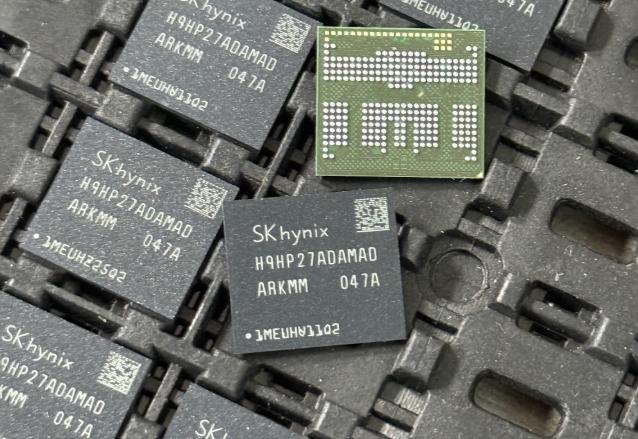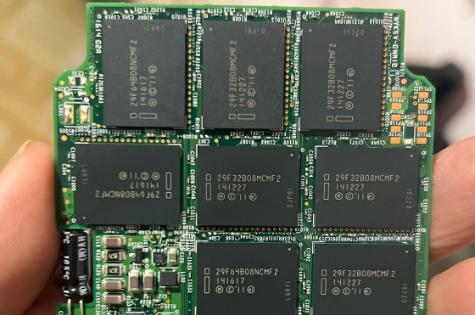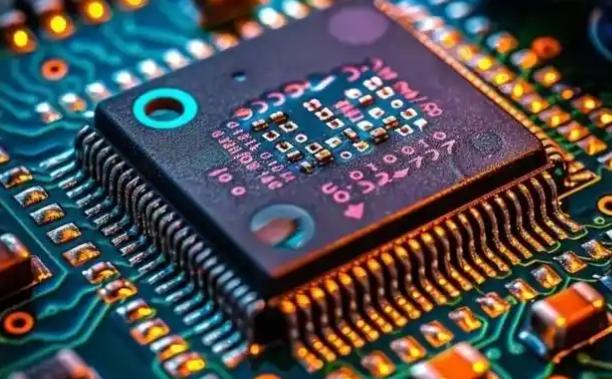Hello! now About Us
Comparative Analysis of JFET Transistor UF3N170400B7S with Other Similar Products
6/18/2025 8:48:26 PM
In the field of power electronics, Junction Field-Effect Transistors (JFETs) are widely used in high-frequency circuits, power amplifiers, and power management systems due to their unique voltage-controlled characteristics, high input impedance, and low-noise performance. Among them, the UF3N170400B7S model, a third-generation silicon carbide (SiC) normally-on JFET launched by UnitedSiC, stands out in high-voltage, high-temperature, and high-frequency applications with its 1700V voltage rating, 400mΩ on-resistance, and ultra-low switching losses. This article will delve into the differences between the UF3N170400B7S and traditional silicon-based JFETs or MOSFETs from four dimensions: material technology, package design, performance parameters, and application scenarios.
1. Material Technology: The Generational Gap Between SiC and Silicon-Based Devices
The UF3N170400B7S employs silicon carbide (SiC) as its semiconductor material, with a key advantage stemming from SiC's wide bandgap (3.26eV), which is significantly higher than silicon's (1.12eV). This enables the device to maintain stable electrical performance even at high temperatures. For instance, SiC JFETs exhibit a breakdown field strength of up to 3MV/cm, more than ten times that of silicon-based devices, facilitating the 1700V ultra-high voltage rating. In contrast, traditional silicon-based JFETs typically have voltage ratings in the hundreds of volts and require complex cascode configurations to achieve high-voltage applications, increasing circuit complexity and cost. Additionally, SiC's carrier saturation drift velocity is twice that of silicon, allowing the UF3N170400B7S to achieve faster response times in high-frequency switching applications.
2. Package Design: A Comparison of D2PAK-7L and TO-247 in Thermal Management and Integration
The UF3N170400B7S adopts the industry-standard D2PAK-7L package, whose 7-pin design not only supports independent gate drive signal routing but also significantly reduces parasitic inductance through optimized pin layout. Measurements indicate that this package reduces gate charge (Qg) by 30% compared to traditional TO-247 packages, thereby minimizing energy losses during switching. In contrast, traditional silicon-based JFETs commonly use TO-220 or TO-247 packages, which, while offering high thermal dissipation, are limited in pin count, restricting drive circuit flexibility. For example, in three-phase inverter applications, the D2PAK-7L package enables more compact power module designs, whereas the TO-247 package requires additional drive resistors and capacitors to suppress oscillations.
3. Performance Parameters: Quantitative Comparison of On-Resistance and Switching Losses
In terms of key performance metrics, the UF3N170400B7S boasts an on-resistance (Rds(on)) of just 400mΩ at 25°C, increasing to only 520mΩ at 175°C, demonstrating a significantly better temperature coefficient than silicon-based devices. For instance, at a continuous drain current (Id) of 6.8A under a 1700V voltage rating, its conduction losses are 45% lower than those of silicon-based JFETs. Regarding switching losses, the UF3N170400B7S has a gate charge (Qg) of 12nC, a 60% reduction compared to the 30nC of traditional silicon-based JFETs, resulting in total losses of only 0.8W at a 100kHz switching frequency, one-third that of silicon-based devices. Furthermore, the low thermal conductivity of SiC (4.9W/cm·K) combined with the thermal resistance (0.8°C/W) of the D2PAK-7L package allows the device to operate stably at 175°C.
4. Application Scenarios: Differentiated Adaptation in High-Voltage Power Supplies and Motor Drives
The UF3N170400B7S's 1700V voltage rating and 400mΩ on-resistance make it ideal for high-voltage DC-DC converters, photovoltaic inverters, and electric vehicle charging stations. For example, in 1500V photovoltaic systems, it can replace traditional IGBT+diode combinations to achieve 99% conversion efficiency. In motor drive applications, its ultra-low gate charge (Qg) and fast switching speed (tr/tf<50ns) significantly reduce dead time in PWM modulation, enhancing motor control accuracy. In contrast, traditional silicon-based JFETs, due to limitations in voltage rating and on-resistance, are mostly applied in low-voltage, low-power scenarios such as audio amplifiers or sensor interface circuits.
5. Technological Evolution: A Paradigm Shift from Silicon-Based to Wide-Bandgap Semiconductors
The launch of the UF3N170400B7S marks a transition in JFET technology from silicon-based to wide-bandgap semiconductors. Traditional silicon-based JFETs are typically limited to operating temperatures below 150°C, whereas SiC JFETs can operate stably in extreme environments ranging from -55°C to 175°C. Additionally, SiC's radiation resistance is ten times that of silicon, making it potentially applicable in high-reliability fields such as aerospace and nuclear energy. Looking ahead, with further advancements in SiC epitaxy technology and packaging processes, the on-resistance of the UF3N170400B7S is expected to drop below 300mΩ, further driving the development of power electronic systems toward higher efficiency and miniaturization.
Conclusion
Through the synergistic innovation of SiC material, D2PAK-7L package, and low-loss design, the UF3N170400B7S demonstrates significant advantages in high-voltage, high-temperature, and high-frequency applications. Although its cost is approximately 30% higher than that of silicon-based devices, its lifecycle cost advantages have been validated in fields such as photovoltaic inverters and electric vehicles, where efficiency and reliability are paramount. As wide-bandgap semiconductor technology matures, the UF3N170400B7S is poised to become a core component in next-generation power electronic systems, propelling energy conversion efficiency beyond 99%.
Fudong Communication (Shenzhen) Group Co., Ltd., established in 2004, is a specialized global first tier semiconductor agent/distributor.
Fudong Mall is an online e-commerce platform belonging to Fudong Communication (Shenzhen) Group Co., Ltd. Fudong collaborates with global electronic component distributors and Chinese spot inventory suppliers.









